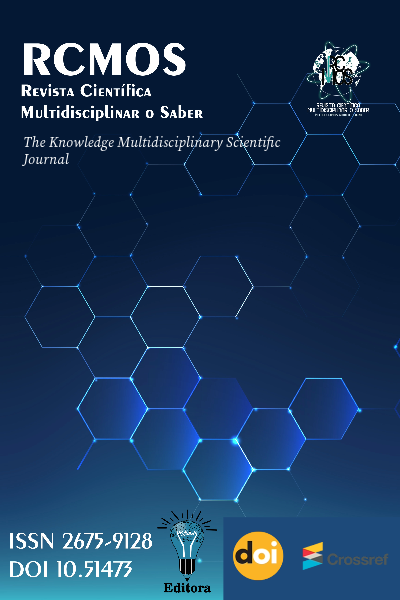Evolution in the alloys used in the manufacture of endodotic instrumentation
DOI:
https://doi.org/10.51473/ed.al.v3i1.484Keywords:
Mechanized endodontics, endodontic instrumentation, rotary fileAbstract
Successful endodontic treatment consists of removing infl amed and/or infected tissues from the tooth, and
proper disinfection and fi lling of root canals, using appropriate methods for mechanical-chemical preparation.
The objective of this work was to carry out a review of the literature in scientifi c articles for knowledge of the
various groups of endodontic fi les and their diff erent materials and forms of manufacture over the years.
For the survey of scientifi c articles, a search was carried out in the following databases PUBMED and
Scielo. The inclusion criteria defi ned for the selection of articles were: Articles published from the year
2000, in Portuguese and English, articles in full that portrayed the theme of alloys used in the manufacture
of endodontic fi les. Exclusion criteria were review articles and articles that did not meet the objective
of the work. In the search, a total of 41 articles were found in the databases. An evaluation was performed
by three reviewers and after reading the articles,-- they were excluded for not meeting the inclusion criteria.
In the 90’s, the fi les were manufactured with stainless steel material and standardized according to the ISO
standard (International Organization for Standardization), containing the tip gauge broken down on the handle through established colors. The introduction of NiTi alloys and the subsequent automation of mechanical
preparation were the fi rst for a new era in endodontics. The development of instruments capable of
performing a more anatomically predictable root canal preparation, achievable in less time and with greater
comfort for dentin and patient. In search of improving the quality and safety of endodontic instrumentation,
and increasing studies for biocompatible metal alloys, which present high corrosion resistance, ductility and
have shape memory eff ect and superelasticity.













